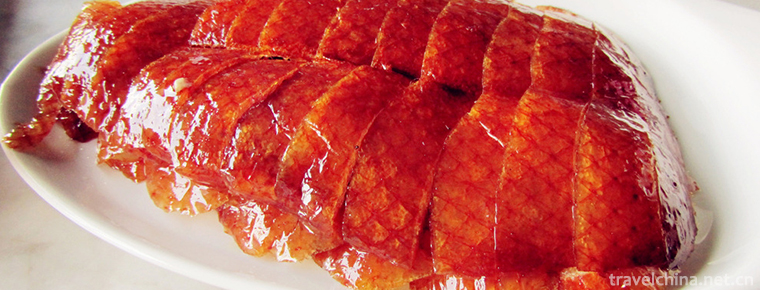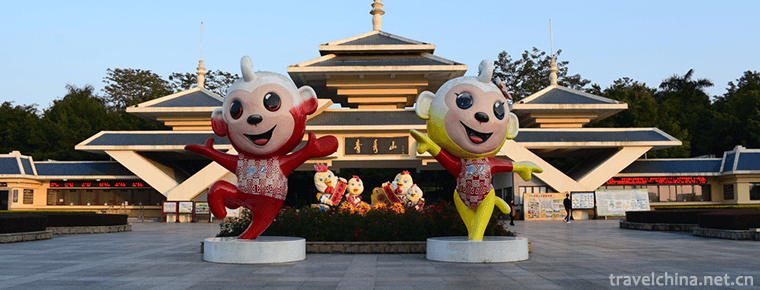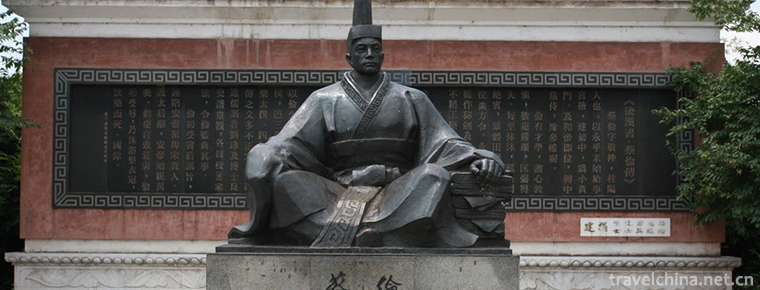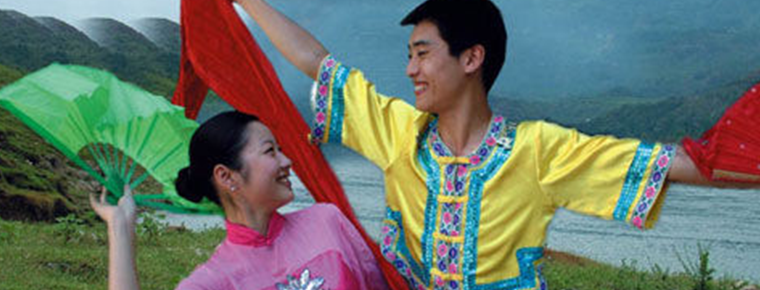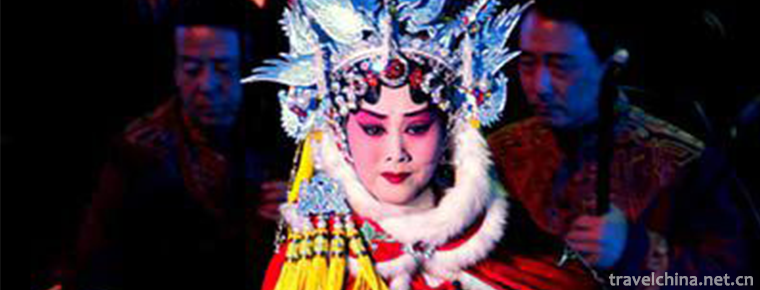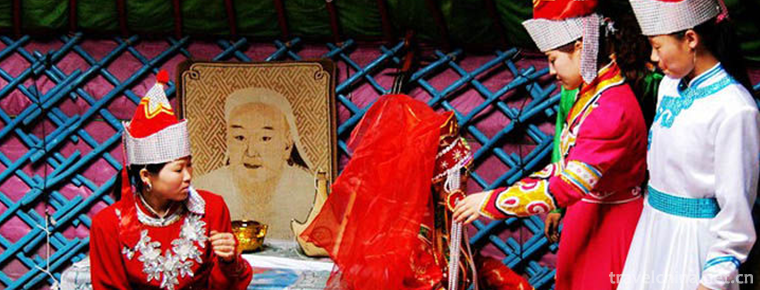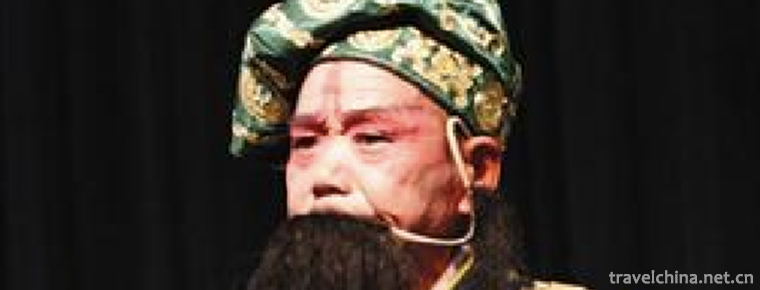Uygur Embroidery
Uygur Embroidery
Embroidery is one of the most representative decorative techniques in Uygur costumes in China. Whether it is Uygur clothes, skirts, shoes, hats and beds, the interior decorative articles adorn the exquisite embroidery of Uygur women. Uygur embroidery has accepted both the inland embroidery technology and the characteristics of its own nation, and gradually formed its own unique charm. Patterns or color matching, with strong national characteristics. It is a kind of technology that punctures the fabric with needle-piercing and thread-piercing, and organizes the lines into patterns by carrying needles according to the design pattern. It is an art that uses needles and thread to complete the pattern.
In 2008, the Uygur embroidery declared by Hami District of Xinjiang Uygur Autonomous Region was listed in the second batch of national intangible cultural heritage list with the approval of the State Council.
Historical Origin
Hami Uygur embroidery is a traditional handicraft to beautify clothes. It is the main and most common decorative method of Hami Uygur traditional clothes. It has unique charm with its complicated style and exquisite embroidery. It is a hard-working Hami Uygur women and the Uygur people have attached great importance to the embroidery technology of clothes for a long time, and it has always been regarded as an indispensable part of clothes. It should be developed and perfected to make it a unique art form of dress decoration commonly used by Uygur people. Hami Uygur traditional clothing embroidery is mainly clothing and accessories, such as gowns, shoulders, long skirts, pants, boots and hats, dozens of kinds. In the history of development and evolution, the continuous integration of various national cultures has greatly developed the Hami Uygur folk embroidery technology and gradually formed a variety of styles and characteristics of different embroidery techniques.
artistic characteristics
As a member of the family of the Chinese nation, the Uygur nationality, like other nationalities in the motherland, has formed its own distinctive national culture in the long process of historical development. In today's global economic integration, it is particularly important to maintain the regional folk culture tradition. Uygur embroidery technology, along with the Uygur people's Millennium culture, has continued to this day. With its strong national characteristics and exquisite crafts, it radiates its unique charm and is unique in the traditional folk crafts of ethnic minorities in Xinjiang. The study of Uygur embroidery technology is helpful to understand the cultural influence factors and artistic value of Uygur embroidery technology, so as to have a deeper understanding of Uygur folk traditional handicraft culture.
Current situation of inheritance
On the basis of actively promoting traditional embroidery art and combining with modern management concept, Aga Khan, the inheritor of Hui folk embroidery in Hami city, set up embroidery factories to make embroidery with national cultural characteristics go to the whole country and the world.
In the exhibition room of Afghan handicraft embroidery, there are not only her own works, but also the handicraft left by her ancestors.
"This is my grandmother's embroidered flower, this is my mother's embroidered flower, this is my own made flower," Agathan Samaiti said.
In Uygur folk, painting, paper-cut and embroidery are in the same vein. Agahan Saimati, a farmer painter from Hami city, is the fourth generation of family embroidery. Her grandmother was an embroidery worker in Hami's Royal palace. Hami Uygur embroidery integrated the skills of Beijing embroidery and Su embroidery. The images of peony, chrysanthemum and dragon appear in embroidery patterns. Agathan Samaiti began to learn paper-cut, embroidery and painting at the age of 7. As a minority peasant woman, her works mainly show the life of peasants. Spring sowing, which won the first prize in the 1988 National Farmers'Painting and Calligraphy Exhibition, is a work of expressing rural life. With the development of the times, more and more peasant embroidery products begin to be recognized by the society and accepted by the public. People like peasant embroidery products because it emits a simple fragrance. Land is the life of peasants, and works are peasants'dreams. There are works in life and life in works. They hold embroidery products with true feelings in their hands, hang them on the wall, see them in their eyes and enjoy themselves in their hearts. While conveying beauty, they also share the happiness of life with more people.
Inheritance Significance
Uygur embroidery technology has remarkable inheritance and blending, which also contains rich cultural anthropological information. The great differences between the natural environment and social conditions of Uygur people make the embroidery techniques of Uygur people in different areas of Xinjiang have different regional characteristics. In the long history of development, Uygur embroidery technology has formed its own unique style, which carries heavy traditional culture and national spirit, and embodies the brilliant material civilization of Uygur. To promote and expand and enrich the research of Uygur embroidery technology in modern design has a certain practical significance for enriching the modern process design system. The study of Uygur embroidery technology as a carrier of national culture can help us better protect and inherit national culture and protect the diversity of human culture in the era of globalization.

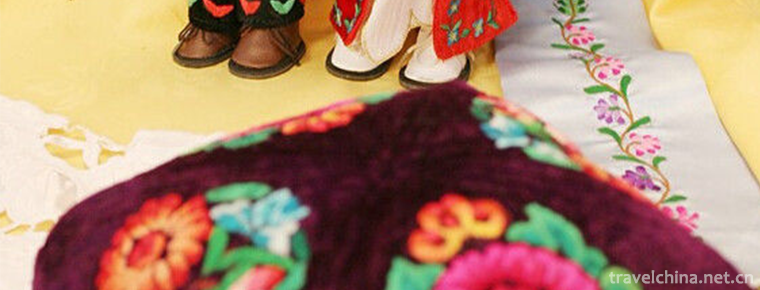
-
Mountain Yuntai
Yuntai Mountain is a world geological park, national AAAAA-class tourist attraction and national scenic spot, located at the junction of Xiuwu County in Jiaozuo City, Henan Province.
Views: 145 Time 2018-10-29 -
Cantonese crispy fried pork
Crispy fried pork is a traditional dish with color, aroma and taste. It belongs to Guangdong cuisine department. This dish is one of the classic Cantonese cured wax.
Views: 201 Time 2018-11-02 -
Qingxiushan Mountain
Qingxiushan Scenic Area is a national AAAAA scenic spot in Nanning. Qingxiu Mountain is a key scenic spot in Nanning. In addition to protecting and restoring the original historic sites.
Views: 223 Time 2019-02-07 -
Cai Luns Paper making Legend
Cailun Paper-making Stories and Legends are legends circulated in Cailun's fiefdoms, burial sites and experimental sites of Yangxian Longting and surrounding areas..
Views: 206 Time 2019-04-04 -
Lantern Opera
Flower lantern opera is a kind of traditional opera widely popular in China. Its prominent feature is that the hands are inseparable from fans and handkerchiefs, singing and dancing.
Views: 289 Time 2019-05-04 -
Glass Firing Techniques
Glass firing technology, Beijing Mentougou District, Shanxi Province, local traditional handicraft, one of the national intangible cultural heritage..
Views: 169 Time 2019-05-14 -
Random Bomb Luan tan
Random Bomb, a traditional drama in Taizhou and Pujiang counties of Zhejiang Province, is one of the national intangible cultural heritage..
Views: 200 Time 2019-05-15 -
Mongolian Wedding
Mongolian young men and women marry on auspicious days, and men give gifts to women's homes. The gifts include cash, clothes, cloth, jewelry, rice and so on. There are cabinets, bedding, clothes, jewe.
Views: 142 Time 2019-06-03 -
Wudang Shenju
Wudang Shenxi Opera is a kind of traditional opera in Xijiadian Town, Danjiangkou City, Hubei Province. It has a history of nearly 400 years since the Wang family absorbed Wudang culture and the music.
Views: 325 Time 2019-06-30 -
Bijia mountain Luzhou City Sichuan Province
Bijia mountain is located in Hejiang County, Luzhou City, Sichuan Province, 42km away from Luzhou City and 7km away from Hejiang county. Bijia mountain is named for its three peaks standing like a penholder. Bijia mountain area is dangerous, surrounded by cliffs and cliffs. The mountain has the characteristics of typical red Danxia landform, unique landscape and beautiful scenery..
Views: 162 Time 2020-10-16 -
Chongzhou jiulonggou scenic spot
Chongzhou jiulonggou scenic spot is located in Sanlang Town, Chongzhou City, with an area of more than 170 square kilometers and 76 kilometers away from Chengdu City. Jiulonggou is known as "Dragon Palace on earth". .
Views: 304 Time 2020-11-05 -
Main scenic spots in Luzhou
Located in Luzhou city. It was built in the 18th year of Shaoxing in the Southern Song Dynasty (1148), in the year of Hongzhi of Ming Dynasty (1488-1505), in the 14th year of Guangxu of Qing Dynasty (1884) and in 1985, and has been well preserved. .
Views: 87 Time 2020-12-14

